Innovative Solutions to Clean Up Plastics
Introduction
Plastic pollution is one of the most significant environmental challenges of our time. Every year, over 8 million tons of plastic enter our oceans, and by 2050, there could be more plastic than fish in the sea.
This crisis is not just an eyesore—it’s a threat to ecosystems, wildlife, and human health. The urgency to clean up plastics and adopt sustainable solutions has never been greater.
In this comprehensive guide, we’ll explore new, innovative ways to tackle plastic pollution, delve deeper into why plastic is so harmful to the environment, and provide actionable steps for individuals, communities, and governments to make a difference.
1. The Devastating Impact of Plastic on the Environment
Plastic is more than just a waste problem—it’s an environmental catastrophe. Here’s why:
a. Non-Biodegradable Nature
Plastic can take up to 500 years to decompose. Unlike organic materials, it doesn’t break down naturally. Instead, it fragments into smaller pieces, creating microplastics that persist in the environment for centuries.
b. Harm to Wildlife
Millions of animals, including seabirds, turtles, and marine mammals, suffer from plastic pollution. They often mistake plastic for food, leading to ingestion, starvation, or suffocation. Additionally, many animals get entangled in plastic debris, causing injury or death.
c. Microplastics
The Invisible Threat Over time, larger plastic items break down into tiny particles called microplastics. These particles have infiltrated every corner of the planet—from the deepest ocean trenches to the highest mountain peaks. Microplastics are found in our water, soil, and even the air we breathe, posing risks to both ecosystems and human health.
d. Toxic Chemicals
Plastics contain harmful chemicals like BPA, phthalates, and PVC, which can leach into the environment. These chemicals disrupt ecosystems, harm wildlife, and have been linked to health issues in humans, including cancer, hormonal imbalances, and developmental problems.
e. Climate Change Connection
The production, use, and disposal of plastic contribute significantly to greenhouse gas emissions. From extracting fossil fuels to manufacture plastic to incinerating waste, the plastic lifecycle accelerates climate change.
The damage caused by plastic pollution is undeniable, and the time to act is now.
2. Innovative Ways to Clean Up Plastics
While traditional methods like recycling and community clean-ups are essential, new technologies and creative solutions are emerging to tackle plastic pollution more effectively.
Here are some groundbreaking approaches:
a. Bioremediation: Harnessing Nature’s Power Scientists are exploring the use of plastic-eating bacteria and fungi to break down plastic waste. For example, the bacterium Ideonella sakaiensis can digest PET plastic, commonly used in bottles. Similarly, certain fungi, like Aspergillus tubingensis, have shown the ability to break down polyurethane. These natural solutions could revolutionize how we handle plastic waste.
b. Ocean Cleanup Arrays
Organizations like The Ocean Cleanup are deploying massive floating systems to collect plastic from the ocean. These arrays use natural currents to trap and concentrate plastic, making it easier to remove. The collected plastic is then recycled or repurposed, reducing its environmental impact.
c. River Interceptors
Rivers are a major source of ocean plastic, carrying waste from inland areas to the sea. To address this, companies are developing river cleanup systems like the Interceptor by The Ocean Cleanup. These solar-powered devices collect plastic from rivers before it reaches the ocean, preventing further pollution.
d. AI-Powered Waste Sorting
Artificial intelligence is being used to improve recycling efficiency. AI-powered robots can identify and sort different types of plastic waste, ensuring more materials are recycled and less ends up in landfills. This technology is particularly useful in managing complex waste streams and reducing contamination in recycling processes.
e. Upcycling Plastic Waste
Innovative startups are turning plastic waste into valuable products, such as building materials, clothing, and even roads. For example, companies are creating bricks from recycled plastic to build affordable housing. Others are transforming plastic waste into stylish fashion items, proving that sustainability can be both functional and fashionable.
f. Community-Led Clean-Up Apps
Technology is empowering individuals to take action against plastic pollution. Apps like Litterati and Clean Swell allow users to track and report plastic waste in their communities. These platforms create data-driven maps to identify pollution hotspots and drive targeted clean-up efforts. By gamifying the process, these apps encourage more people to get involved.g. Biodegradable and Edible Packaging Researchers are developing biodegradable and edible packaging made from natural materials like seaweed, cornstarch, and algae. These alternatives break down naturally, reducing the need for traditional plastic packaging. Some companies are even creating edible water bottles and food wrappers, offering a zero-waste solution to single-use plastics.
3. How You Can Help: Small Steps, Big Impact
While large-scale solutions are critical, individual actions also matter. Here’s how you can contribute to the fight against plastic pollution:
a. Join Clean-Up Initiatives
Participate in local or global clean-up events to remove plastic from your community. Organizations like 4Ocean and Ocean Conservancy host regular clean-ups and provide resources for individuals to organize their own events.
b. Reduce Single-Use Plastics
Swap plastic items for reusable alternatives like metal straws, cloth bags, and glass containers. Avoid single-use plastics like disposable cutlery, plates, and cups whenever possible.
c. Support Eco-Friendly Brands
Choose companies that use sustainable packaging and prioritize plastic-free products. Look for certifications like B Corp or Plastic Neutral to ensure your purchases align with your values.
d. Spread Awareness
Educate others about the dangers of plastic pollution and the importance of taking action. Share information on social media, host workshops, or start conversations with friends and family.
e. Advocate for Change
Push for stronger policies, such as plastic bans and extended producer responsibility (EPR) laws. Contact your local representatives and support organizations working to reduce plastic pollution.
4. The Future of Plastic Clean-Up
The fight against plastic pollution requires a combination of innovation, policy changes, and collective action. Governments, businesses, and individuals must work together to:
- Invest in research for biodegradable plastics.
- Implement stricter regulations on plastic production and waste management.
- Promote circular economy models that prioritize reuse and recycling.
By embracing these strategies, we can create a future where plastic pollution is a thing of the past.
Conclusion
Plastic pollution is one of the greatest threats to our planet, but it’s not too late to make a difference. By embracing innovative clean-up technologies, reducing our plastic footprint, and advocating for systemic change, we can protect our environment for future generations.
Let’s take action today to create a cleaner, healthier, and more sustainable world.
About Our Ocean Cleanup Project 👇
https://www.linkedin.com/posts/fathimaasma_oceanpulse-sustainability-mangroveplanting-activity-7277961850149867521-2JuL?utm_source=share&utm_medium=member_android
RESOURCES
1. Scientific Studies and Reports
National Geographic: Plastic Pollution [https://www.nationalgeographic.com/environment/topic/plastic-pollution]
A comprehensive resource on the impact of plastic pollution, including articles, photos, and infographics.
UN Environment Programme (UNEP):
Plastic Waste
[https://www.unep.org/plastic-pollution] Reports and initiatives by the UNEP on global plastic waste management and reduction strategies.
Science Advances: Production, Use, and Fate of All Plastics Ever Made [https://advances.sciencemag.org/content/3/7/e1700782]
A landmark study detailing the scale of plastic production and its environmental impact.
World Economic Forum: The New Plastics Economy
[https://www.weforum.org/reports/the-new-plastics-economy-rethinking-the-future-of-plastics]
A report on transitioning to a circular economy for plastics.
Ellen MacArthur Foundation: Plastics and the Circular Economy [https://www.ellenmacarthurfoundation.org/publications]
Resources on how to redesign the future of plastics through circular economy principle.
2. Organizations Leading Plastic Clean-Up Efforts
The Ocean Cleanup [https://theoceancleanup.com]
A non-profit developing advanced technologies to remove plastic from oceans and rivers.
4Ocean
[https://4ocean.com]
An organization dedicated to cleaning up plastic waste from oceans and coastlines while promoting sustainable products.
Ocean Conservancy [https://oceanconservancy.org]
A leading advocacy group working to protect oceans from plastic pollution through research, policy, and clean-up initiatives.
Plastic Pollution Coalition [https://www.plasticpollutioncoalition.org]
A global alliance working to stop plastic pollution and its toxic impacts.
Surfrider Foundation
[https://www.surfrider.org]
A grassroots organization focused on protecting oceans and beaches through clean-ups and advocacy.
3. Innovative Technologies and Solutions
The Interceptor by The Ocean Cleanup [https://theoceancleanup.com/rivers]
Details about the solar-powered river cleanup system designed to stop plastic from reaching the ocean.
Litterati: Crowdsourced Clean-Up App [https://www.litterati.org]
An app that empowers individuals to track and clean up litter in their communities.
Bioremediation Research: Plastic-Eating Bacteria [https://www.nature.com/articles/s41598-020-76108-z]
A study on the discovery of bacteria that can break down PET plastic.
Edible Packaging Innovations [https://www.notpla.com]
A company creating biodegradable and edible packaging from seaweed.
4. Data and Statistics on Plastic Pollution
Our World in Data: Plastic Pollution [https://ourworldindata.org/plastic-pollution] Data visualizations and statistics on global plastic production, waste, and pollution.
World Wildlife Fund (WWF): Plastic Pollution Facts [https://www.worldwildlife.org/stories/plastic-pollution-facts]
Key facts and figures about the impact of plastic on wildlife and ecosystems.
5. Educational Resources and Campaigns
Plastic Free July
[https://www.plasticfreejuly.org]
A global movement encouraging people to reduce their plastic use.
Break Free From Plastic [https://www.breakfreefromplastic.org]
A global movement advocating for a future free from plastic pollution.
National Oceanic and Atmospheric Administration (NOAA): Marine Debris Program [https://marinedebris.noaa.gov]
Resources and research on marine debris and its impact on ocean ecosystems.
6. Government and Policy Resources
European Union: Single-Use Plastics Directive [https://ec.europa.eu/environment/topics/plastics/single-use-plastics_en]
Information on the EU’s efforts to ban single-use plastics and promote sustainable alternatives.
United Nations: Sustainable Development Goals (SDG 14)[https://www.un.org/sustainabledevelopment/oceans]
Details on global efforts to conserve and sustainably use oceans, including reducing plastic pollution.
7. Media and News Outlets
BBC: Plastic Pollution Coverage [https://www.bbc.com/news/topics/cp7r8vgl2lgt/plastic-pollution]
News articles and features on the latest developments in plastic pollution and clean-up efforts.
The Guardian: Plastic Waste [https://www.theguardian.com/environment/plastic]
In-depth reporting on the environmental impact of plastic and solutions to address it.
8. Books and Documentaries
Book: Plastic: A Toxic Love Story by Susan Freinkel
A deep dive into the history and impact of plastic on society and the environment.
Documentary:
A Plastic Ocean
[https://www.plasticoceans.org]
A powerful film exploring the devastating effects of plastic pollution on marine life.
Documentary:
The Story of Plastic [https://www.storyofplastic.org]
My Previous Blogs 👇
Global Rural Change maker
AI Art and Its Impact on Artists
What If Farmers Stopped Farming?
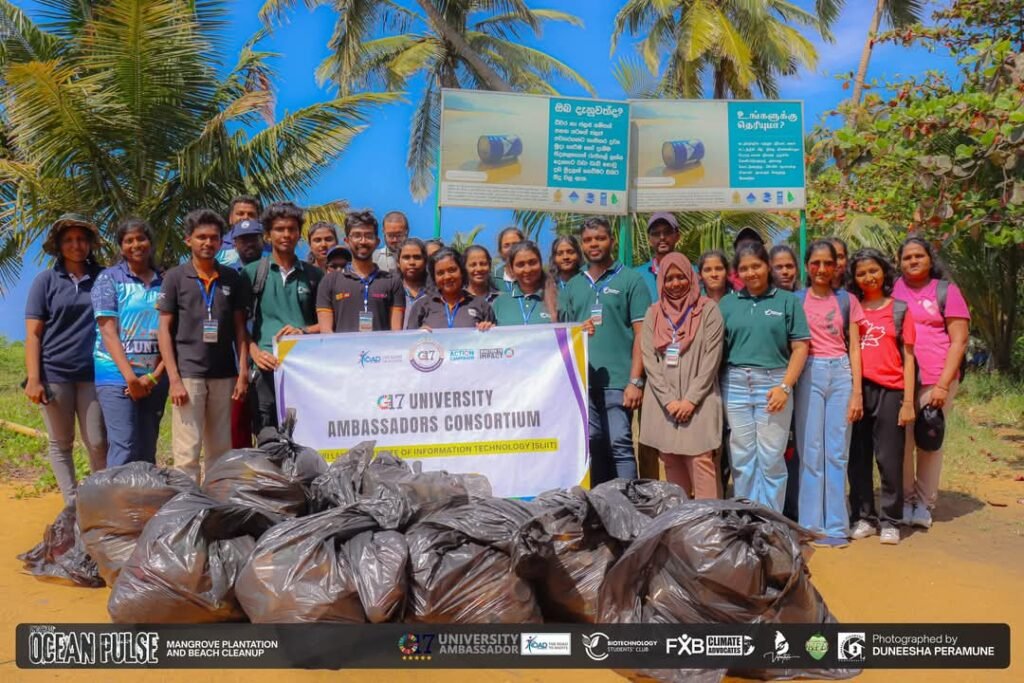
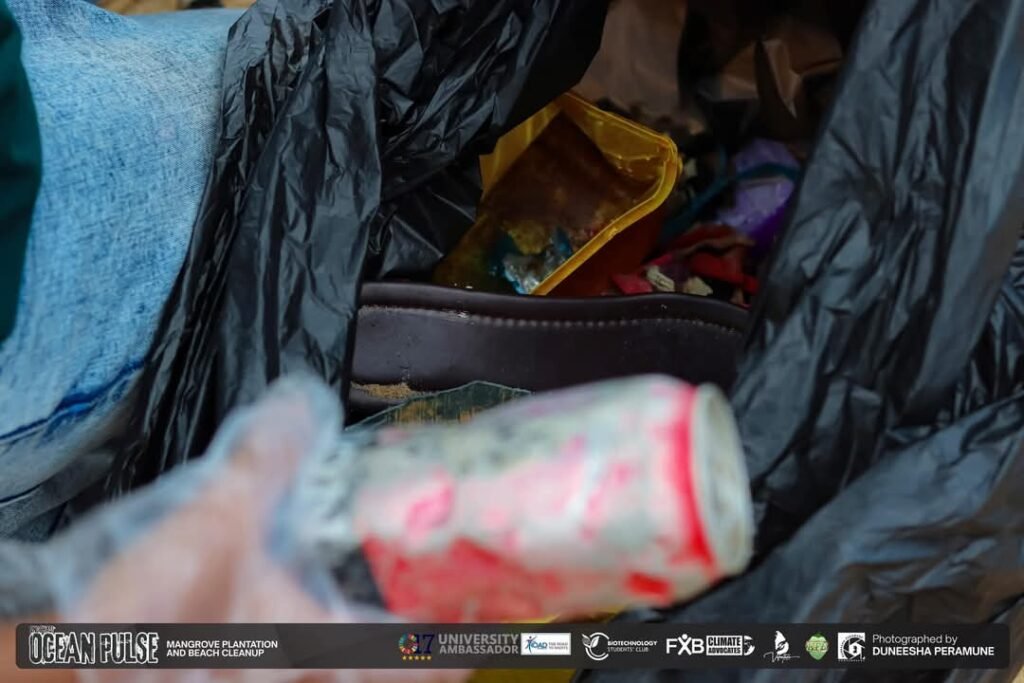
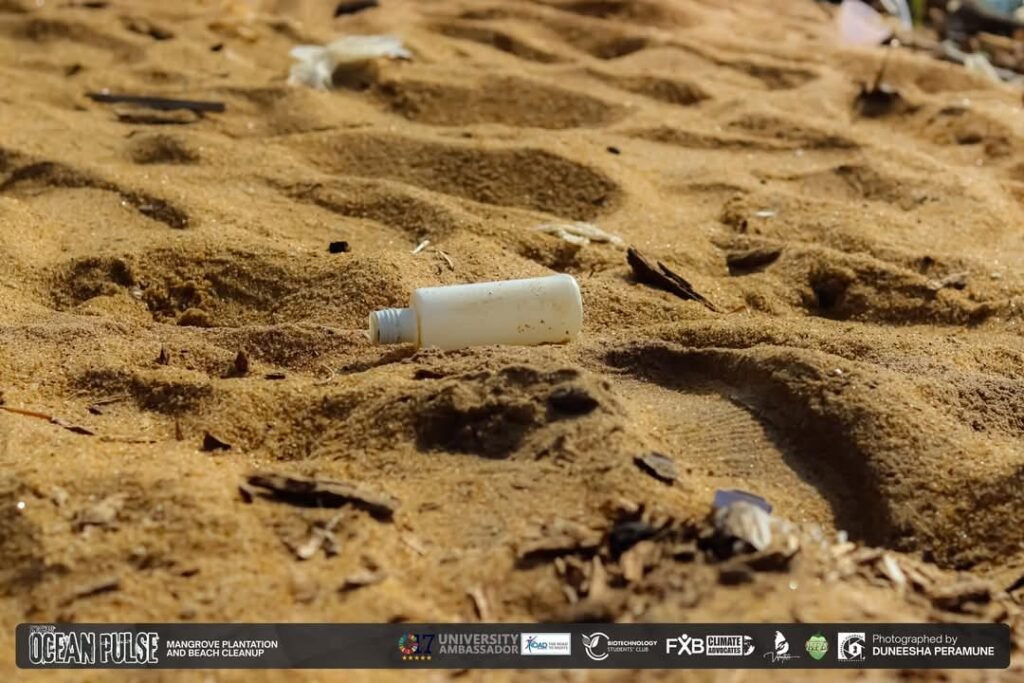
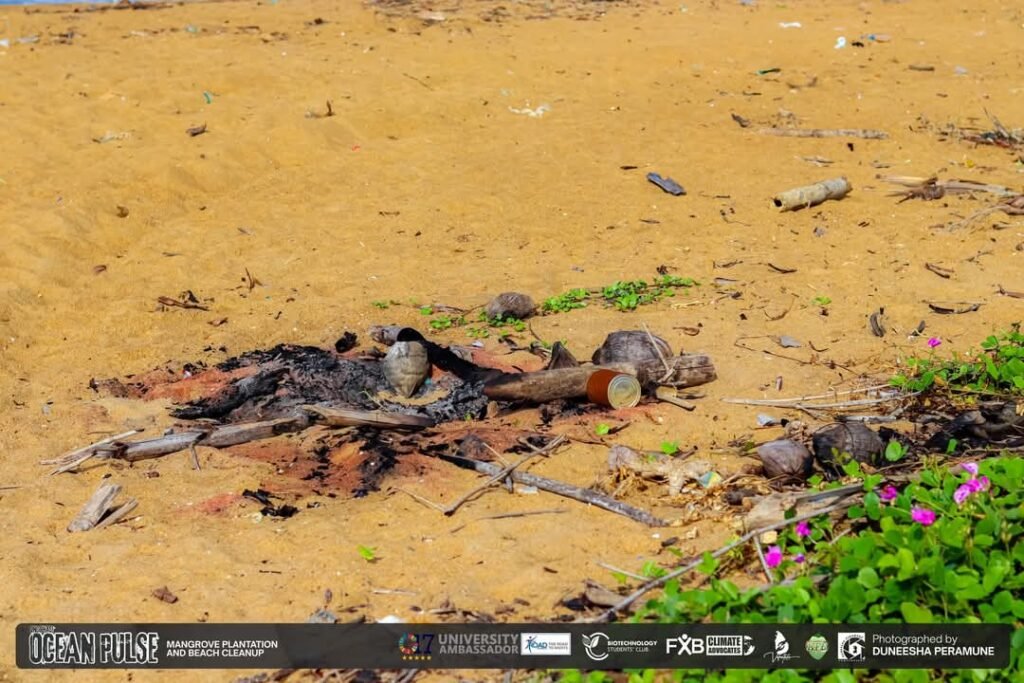
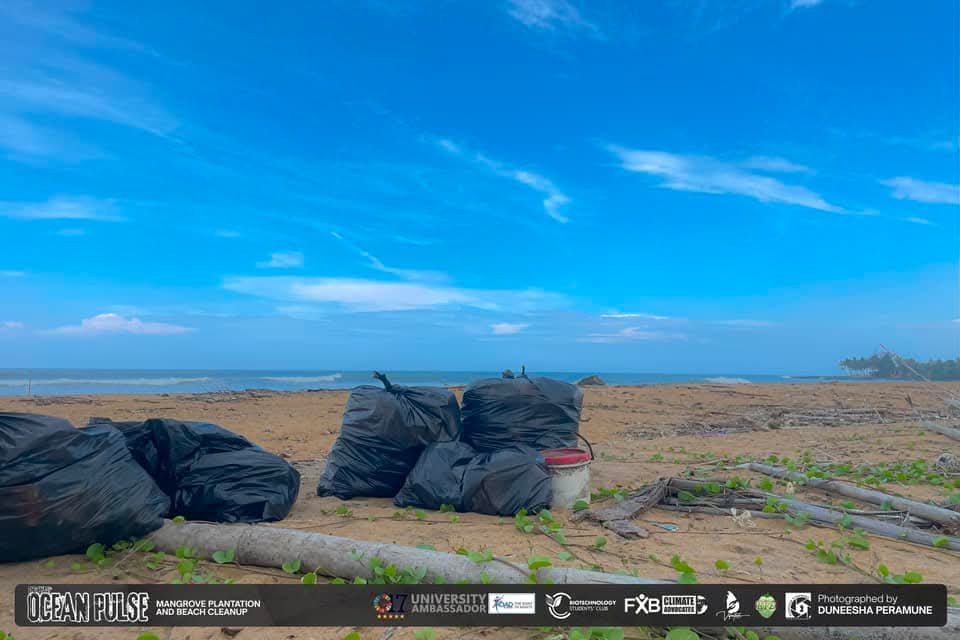
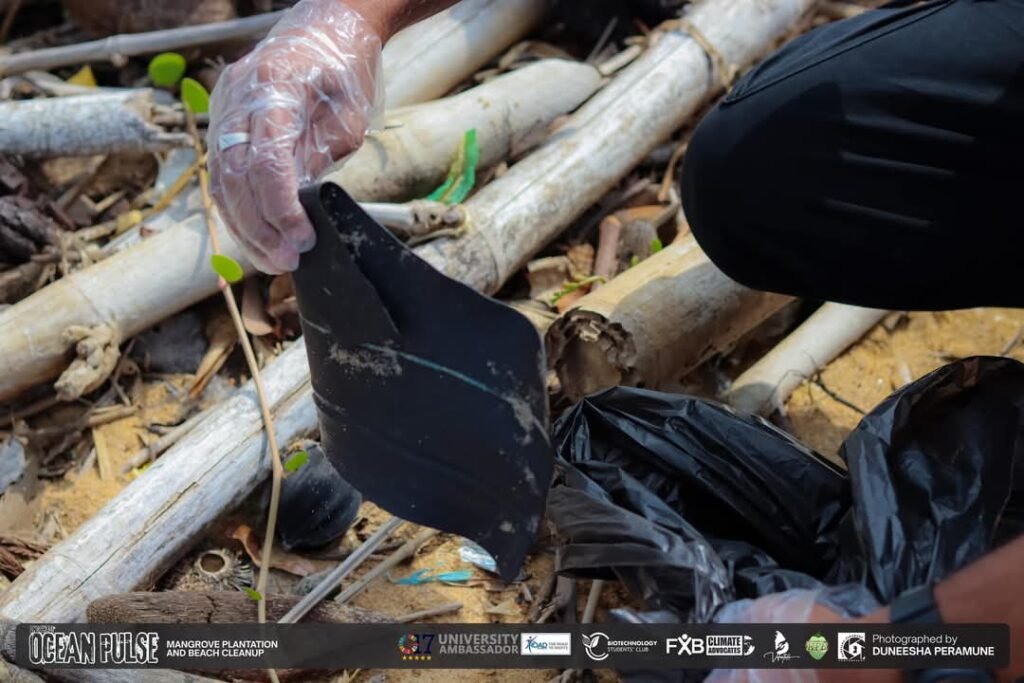

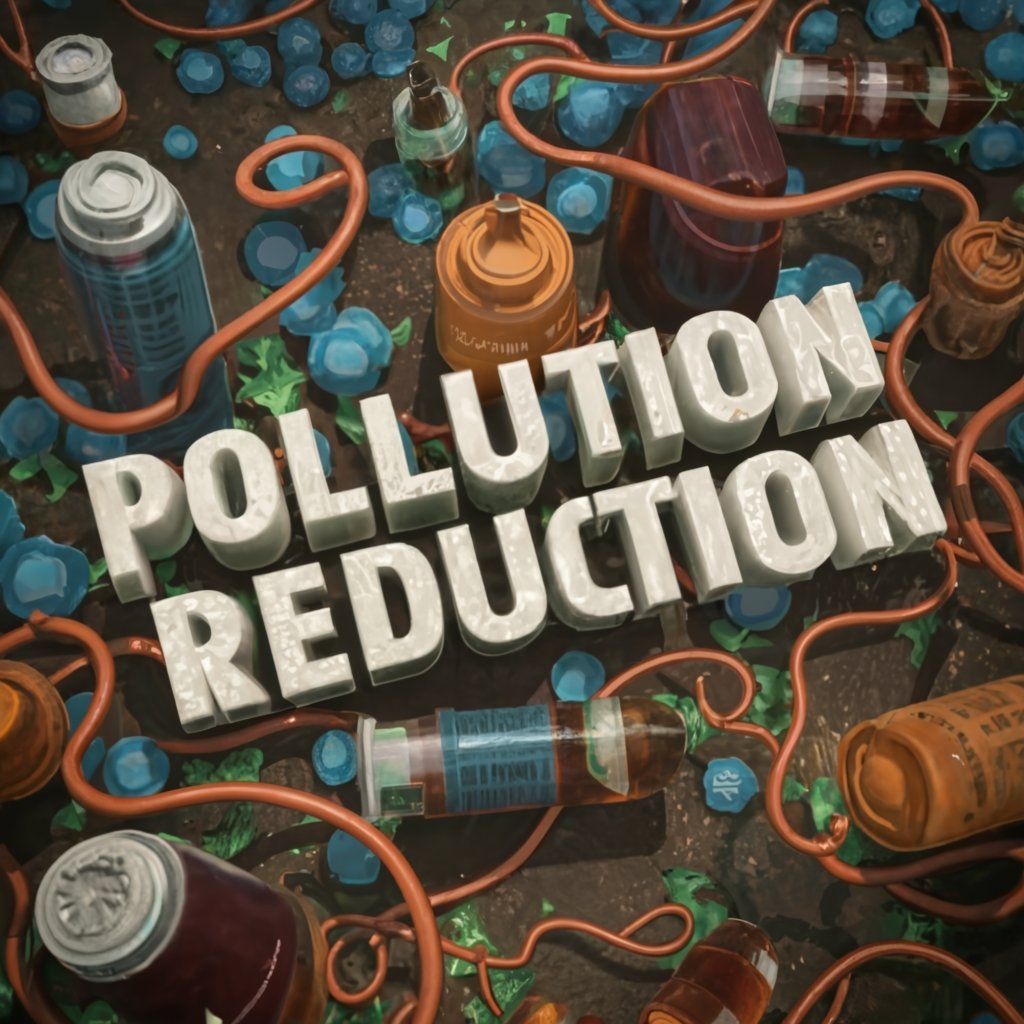
Share this content:

1 comment